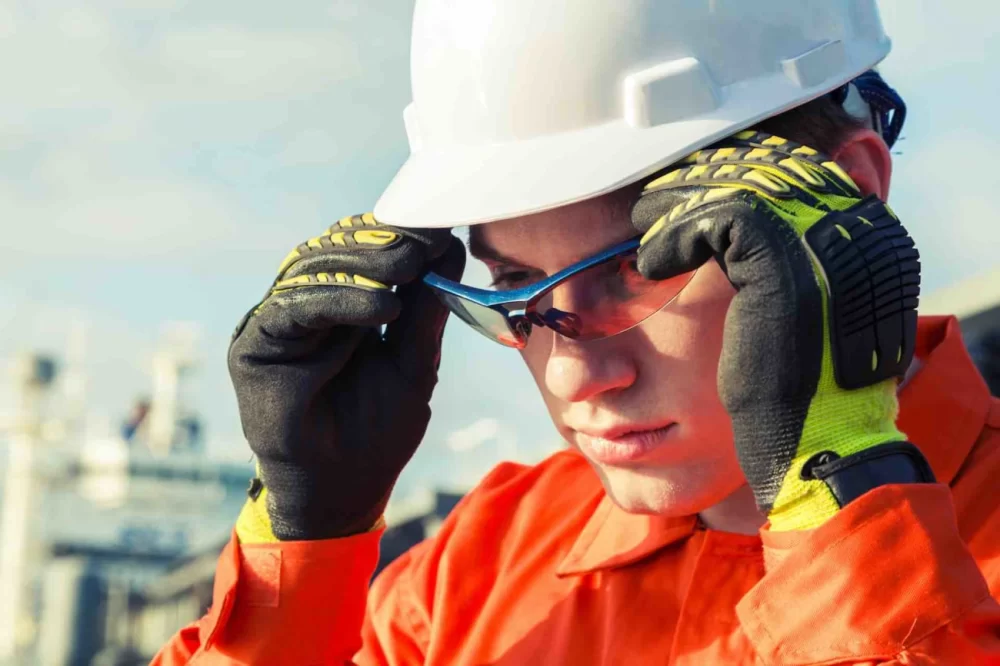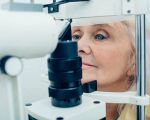
- 1-Understanding-Eye-Injuries-In-Workplaces
- 2-Essential-Precautions-For-Eye-Safety
- 3-Personal-Protective-Equipment-And-Usage
- 4-Real-World-Cases-And-Lessons
- 5-Resources-For-Eye-Protection
1. Understanding Eye Injuries In Workplaces
Eye injuries are among the most common hazards in construction zones and industrial workplaces. From flying debris and chemical splashes to intense light exposure, workers face numerous risks that can cause temporary or permanent vision damage. Understanding these risks is the first step in preventing injuries.
Common eye injuries include corneal abrasions, foreign body penetration, chemical burns, and radiation damage. Many of these injuries result from inadequate safety measures or improper use of protective gear.
1.1 Typical Causes Of Eye Injuries
Construction workers often encounter dust, metal shards, and wood splinters, while industrial employees may face hazards from welding sparks, chemicals, or pressurized fluids. Awareness of these hazards helps in planning effective prevention strategies.
1.2 The Impact On Workers And Employers
Eye injuries can lead to significant downtime, costly medical treatment, and in severe cases, permanent vision loss. For employers, these incidents may result in legal consequences and increased insurance costs.
2. Essential Precautions For Eye Safety
Implementing comprehensive precautions is crucial to minimize eye injury risks in hazardous work environments. These measures include workplace policies, hazard assessments, and continuous safety training.
2.1 Conducting Risk Assessments
Regularly evaluating job tasks to identify potential eye hazards enables targeted safety interventions. For example, tasks involving grinding or cutting metal require stricter controls than routine inspections.
2.2 Maintaining Clean And Organized Workspaces
Reducing clutter and controlling dust lowers the chances of airborne particles causing eye injuries. Proper housekeeping and ventilation systems are vital components of safety.
2.3 Safety Training And Awareness Programs
Training workers on eye hazard recognition and proper protective equipment use fosters a safety culture. Refresher courses and visible signage help maintain high awareness levels.
3. Personal Protective Equipment And Usage
Personal protective equipment (PPE) is the frontline defense against eye injuries. Selecting appropriate PPE based on specific job hazards is essential for effective protection.
3.1 Types Of Eye Protection
Common PPE includes safety glasses, goggles, face shields, and welding helmets. Safety glasses with side shields protect against flying debris, while chemical-resistant goggles guard against splashes.
3.2 Proper Fit And Maintenance
Eye protection devices must fit comfortably and securely. Regular inspection and cleaning ensure that PPE remains effective and does not impair vision.
3.3 Encouraging Consistent PPE Use
Enforcement of PPE policies combined with positive reinforcement encourages workers to wear eye protection consistently, reducing injury incidents.
4. Real-World Cases And Lessons
Consider the case of a construction worker named David, who avoided a severe eye injury thanks to his mandatory use of safety goggles while operating a jackhammer. Despite flying concrete chips, his vision remained intact.
In contrast, an incident at an industrial plant involved a chemical splash injury when an employee neglected to wear goggles during maintenance. This event underscores the critical importance of PPE adherence and training.
4.1 Learning From Near Misses
Documenting and analyzing near-miss incidents helps organizations improve safety measures and prevent future injuries.
4.2 Empowering Workers To Speak Up
Encouraging workers to report unsafe conditions without fear fosters proactive safety improvements and personal accountability.
5. Resources For Eye Protection
For those seeking high-quality protective eyewear and expert guidance on preventing eye injuries in construction zones and industrial workplaces, Eye Docs offers a comprehensive selection of products and services. From durable safety goggles to customized protective solutions, Eye Docs supports workplace safety with trusted resources.
Additionally, Eye Docs provides training materials and consultation services to help businesses develop and maintain effective eye safety programs.
5.1 Choosing The Right Protective Eyewear
Eye Docs helps you select PPE that balances protection, comfort, and compliance with industry standards.
5.2 Access To Expert Advice And Support
Consult Eye Docs’ specialists to tailor eye safety strategies suited to your workplace hazards and workforce needs.








